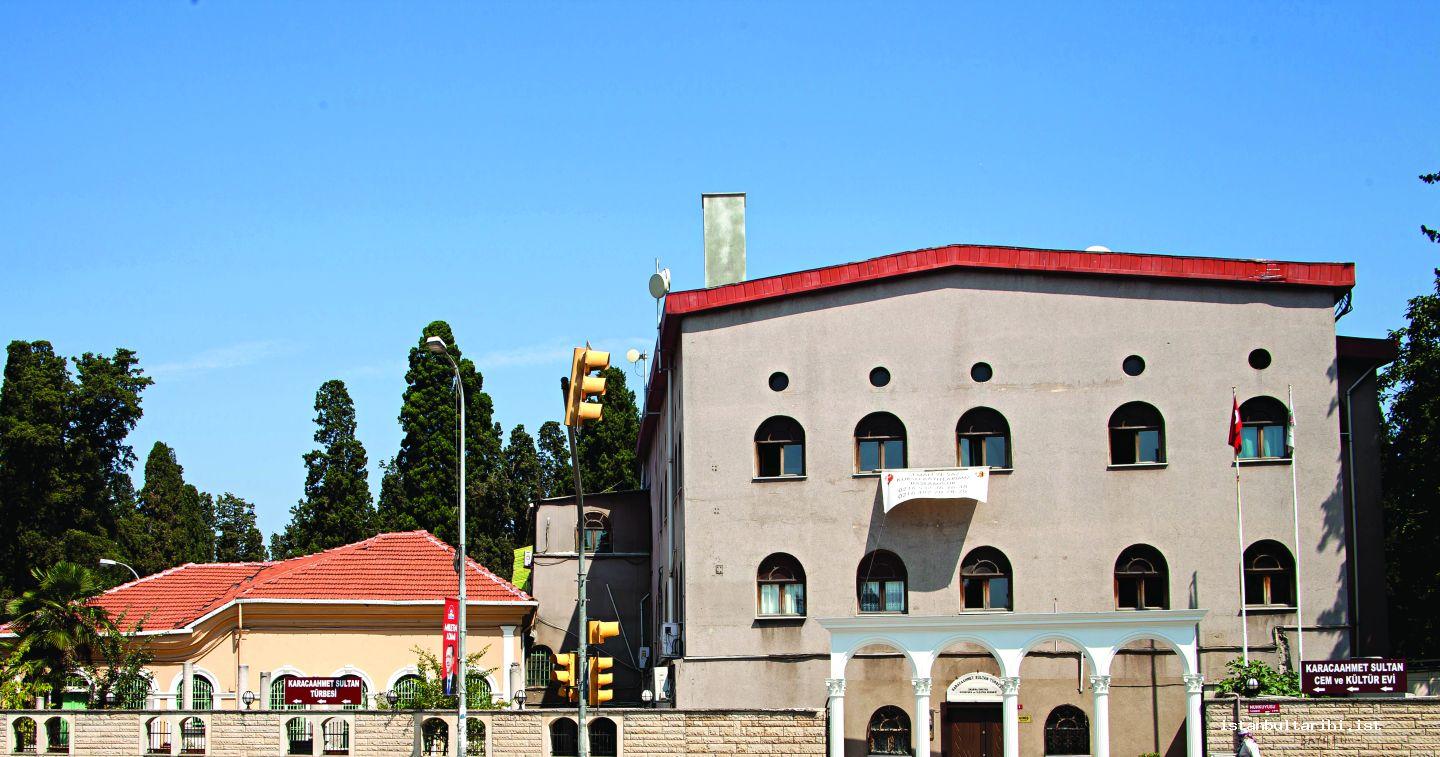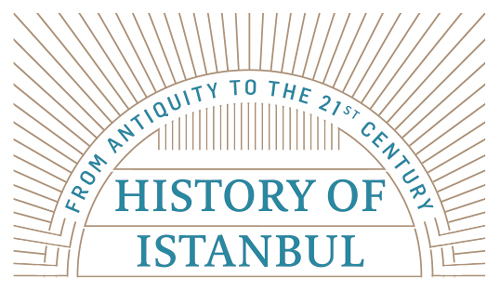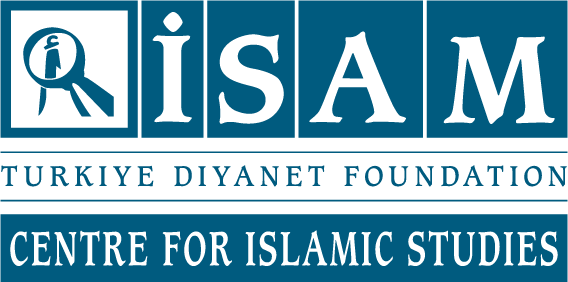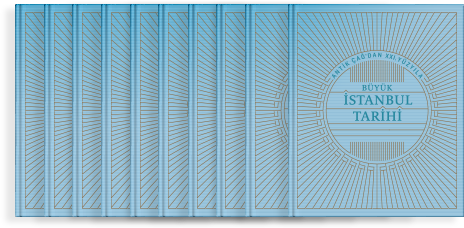The principles known as “four doors and forty states,” which constitutes the basis of Alawism, were systemized by two important figures in Turkish-Islamic culture, Khoja Ahmed Yasawi and his follower Haji Bektash Wali. Even though Alawism has some differences in comparison to Sunni Islamic thought, it is usually accepted as a branch of Sufism within Islam. In addition to obligatory rituals of Islam, Sufi interpretations of Islam present some unique methods and manners (rituals). Moreover, Alawism has specific rituals.

These rituals, which are traditionally known as ayin-i cem, occupy a central place in the continuation of Alawi teachings and social life. According to Anatolian Alawis, ayin-i cem, which is a symbolic form of the Gathering of the Forty by Prophet Muhammad and Ali, has become a sacred ritual that follows several phases. The cems (gatherings) are divided into four types: ikrar cemi, which is practiced when accepting a person to the path; musahiplik cemi, which is practiced in order establish a companionship of the path and the Hereafter between two families; Abdal Musa cemi, which is usually performed on Thursday nights; and görgü cemi, in which the order and manners of the young in particular and the community in general are questioned. Cems are deemed significant as a form of worship of Anatolian Alawi communities, and at the same time, they occupy an important place in the organization of the social life. Such ceremonies can be performed anywhere, provided that certain conditions are met. In other words, a special area is not needed to carry out the cem ritual. Because of this, it is not possible to talk about a historical structuring of the cemevi, a building where em rituals are normally held. Cems have traditionally been performed mostly in village houses (meydan evi), in the houses of dedes (socio-religious leaders in Alawi communities), or in any other place deemed suitable.
As for cemevi organizations independent from the above traditional structure, they developed in the modern period as a result of urbanization and migration, processes which began in Turkey in the 1950s. These processes, which have increased in scale day by day, have seriously affected all the sections of the society including the Alawis, and have caused a serious social transformation among them, particularly in terms of faith and worship. Alawis who settled in cities had difficult time in fulfilling the requirements of their faith and in performing due acts of worship, and for a long period of time had to abandon performing them. During this early period, some Alawis even distanced themselves away from traditional Alawism and adhered to other faiths or ideologies. For a limited time, such developments led Alawism to become indistinct and to be removed from the public agenda. In the first half of the 1990s, due to various internal and external factors, however, the Alawis started to rediscover their faith and culture and to look for ways to fulfill the requirements of their faith.
Alawis who, at the first stage, began to gather in local organizations (fellow townsmen associations) and performed ayin-i cem there, developed new structures once these local organizations proved to be unable to meet their needs. These new structures which placed the Alawi identity at the center, and brought together people from different regions and cities, were faith-based associations and endowment (waqf) organizations where all kinds of rituals, including ayin-i cem, were performed under the same roof. In other words, Alawi associations and endowments began to be shaped according to their religious needs.
One of these organizations was the Kartal Cemevi Kültür Eğitim ve Sosyal Yardımlaşma Derneği (Kartal cemevi association of culture and social solidarity), which was established in Kartal, Istanbul, in 1993. This association, which later gained the status of an endowment, made the decision to go one step further and perform its rituals in an independent unit constructed as a cemevi. Thus, the first cemevi building in Turkey was built in 1993 in Kartal, Istanbul, a region with a dense Alawi population. In terms of architectural form, the designers aimed to reflect a dergâh or tekke design; the specific design was chosen at the end of a competition. Even though architectural concerns were maintained at first, it can be seen that these concerns were not observed in cemevis that were constructed later.
The fact that a specific architectural style has not developed for cemevis can be explained by several historical, cultural and political reasons. In addition to migration and urbanization, other socio-economic factors, which also affected other communities in society, have had a great impact on the development of these architectural designs. Since Alawi communities, which have been affected by economic hardships, have tried to establish themselves in the city, and wanted to construct social spaces where they can perform their religious rituals, most cemevis were built illegally without attaining the necessary official building permits and without using an architectural design due to the limited means of the community.
As of today, cemevis which have come into being as a result of urbanization do not have legal status. Taking the needs of modern society into consideration, they have been created in a manner similar to dervish dergâhs and tekkes of the past and have assumed certain new functions. Performing rituals specific to Alawi teachings, teaching future generations, conducting research about Alawism, performing cultural and artistic activities, organizing courses in various fields such as computer skills, accounting, foreign languages and the Qur’an, are all various functions that ensure the social and cultural solidarity of the Alawi community.The number of cemevis have increased rapidly since the end of the 1990s. Even though some among them have adopted the idea of “Alawism without Ali,” such an approach has not been approved by other Alawis. In addition, such approaches have made room for the ideological activities of leftist groups.
According to data from the Ministry of Internal Affairs, as of January 2013 there are a total of 937 cemevis in Turkey. 40 of the 64 cemevis in Istanbul are located on the European side of the city, while 24 have been established on the Anatolian side. The distribution of cemevis in Istanbul is as follows:
|
Marmara University |
|
European Side |
34 Okmeydanı Cemevi |
|
1 Adalar Cemevi |
35 Sarıyer Cemevi |
|
2 Alibeyköy Cemevi |
36 Seyit Seyfi Cemevi |
|
3 Armutlu Cemevi |
37 Seyrantepe Cemevi |
|
4 Arnavutköy Boğazköy Cemevi |
38 Şahintepe Cemevi |
|
5 Aydınlı Cemevi |
39 Şişli Hacı Bektaşi Veli Anadolu Kültür Vakfı Cemevi |
|
6 Bağcılar Cemevi |
40 Yenibosna Cemevi |
|
7 Bakırköy Cemevi |
|
|
8 Bayramtepe Sonevler Cemevi |
Anatolian Side |
|
9 Beyoğlu Cemevi |
1 Beykoz Kırklar Cemevi |
|
10 Cem Vakfı Beşiktaş Cemevi |
2 Cem Vakfı Beykoz Cemevi |
|
11 Cem Vakfı Çatalca Cemevi |
3 Cem Vakfı Maltepe Cemevi |
|
12 Erenler Kültür Cemevi |
4 Çekmeköy Ümraniye Cemevi |
|
13 Erikli Baba Cemevi |
5 Esenyalı Seyit Seyfi Cemevi |
|
14 Esenyurt Kıraç Cemevi |
6 Karacaahmet Cemevi |
|
15 Esenyurt Örnek Mahallesi Cemevi |
7 Kartal Cemevi Vakfı |
|
16 Fatma Ana Cem Kültür Evi |
8 Kartal Esentepe Cemevi |
|
17 Firüzköy Cemevi Avcılar |
9 Kaynarca Cemevi |
|
18 Garipdede Cemevi Küçükçekmece |
10 Kazım Karabekir Cemevi |
|
19 Gazi Mahallesi Cemevi |
11 Maltepe Gülsuyu Cemevi |
|
20 Gaziosmanpaşa Karayolları Cemevi |
12 Mustafa Kemal Cemevi |
|
21 Güneşli Ateştuğla Cemevi |
13 Pendik Sülüntepe Cemevi |
|
22 Gürpınar Cemevi |
14 Samandıra Veysel Karani Cemevi |
|
23 Güvercintepe Hacı Bektaş Veli Cemevi |
15 Samandıra Sarı Saltık Cemevi |
|
24 Habibler Cemevi |
16 Samandıra Yunus Emre Cemevi |
|
25 Halkalı Cemevi |
17 Sarıgazi Cemevi |
|
26 Haramidere Cemevi |
18 Sultanbeyli Cemevi |
|
27 Haydar Eren (HAKEV) Cemevi |
19 Şahkulu Cemevi |
|
28 İkitelli Cemevi |
20 Taşdelen Cemevi |
|
29 İstanbul PSAKD Esenler Cemevi |
21 Tuzla Orhanlı Cemevi |
|
30 İstanbul PSAKD Eyüp Cemevi |
22 Uğur Mumcu Cemevi |
|
31 İstanbul PSAKD Gaziosmanpaşa Cemevi |
23 Ümraniye Ihlamur Kuyu Cemevi |
|
32 Kâğıthane Cemevi |
24 Ümraniye Yenidoğan Cemevi |
|
33 Kazlıçeşme Erikli Baba Cemevi |
Total 64 |
BIBLIOGRAPHY
Öz, Gülağ, İslamiyet Türkler ve Alevîlik: Bin Dörtyüz Yıllık Muhalefet, Ankara: Yol Bilim Yayınları, 1999.
Yılmaz, Nail, Kentin Alevileri, Istanbul: Kitabevi, 2005.
http://www.cemevi.com/Istanbul.html (01.10.2013).
http://www.kartalcemevivakfi.com/kurulus.asp (30.09.2013).
http://www.haber7.com/guncel/haber/1002426-hangi-ilde-kac-cemevi-var-liste (20.09.2013).





